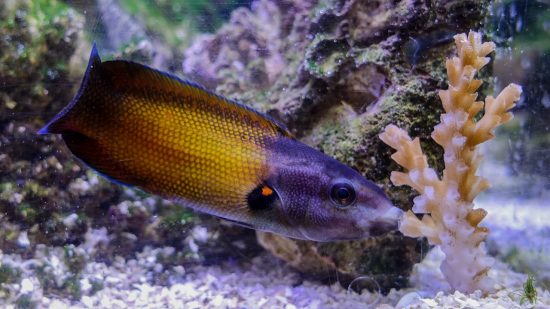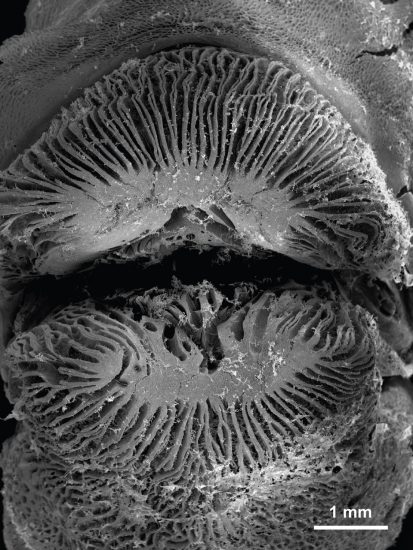



Scientists have discovered a species of fish that has developed a set of self-lubricating lips to consume corals. They have published their findings in the recent issue of Current Biology journal.
Of 6,000 reef fish species, only 128 of them feed on corals. This is because corals’ skeletons are razor-sharp, and they are covered by mucus laden with stinging cells. Among the fish that consume corals is the tubelip wrasse (Labrichthys unilineatus).
Scientists, led by Professor David Bellwood, from James Cook University’s ARC Centre of Excellence for Coral Reef Studies, have discovered how these fish are able to eat corals without harming themselves.
“Their lips have a specialised feature that secretes mucus. This may help the wrasse to reduce damage from the sharp coral and from the stinging nematocysts,” said Professor Bellwood.
According to lead author Víctor Huertas, the tubelip wrasse do not actually eat the corals. Rather, they absorb the thin mucous layer covering the corals. Their lips have many thin membranes arranged outward from the centre, unlike that of other wrasses which had lips that are narrow, smooth and did not have any membrane.
Using high-speed videos, scientists observed how the fish brought their lips into contact with the coral and then sucked forcefully.
“The lips did not grab or hold coral material, rather they appeared to be used for sealing the mouth over a small localised area, presumably to increase suction-feeding efficiency,” said Huertas.
The scientists say that such feeding behaviour is so effective that coral mucus may be the fish’s primary food source.
“The highly modified lips of coral-feeding tubelip wrasses are fundamentally different from those of wrasses that don’t feed on coral, and, to our knowledge, have not been reported previously. The structure of these lips strongly suggests that mucus secretion is the key factor that enables these fish to feed on corals,” explained Huertas.
Professor Bellwood commented that the protective process is similar to that of anemonefish, which have bodies that are coated with mucus, which protects them from the stinging nematocysts in the anemone’s tentacles.
Link to the study
Link to a video
 Herbert
Herbert 12th June 2017
12th June 2017